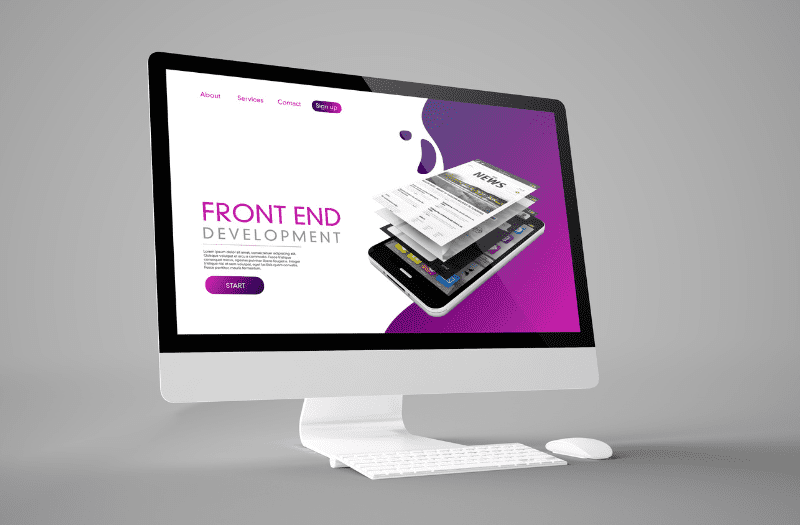Good web design is all about creating a visually appealing and user-friendly website. While there are many factors that go into designing an effective website, the six basic elements of good website design are contrast, alignment, repetition, proximity, size and white space. Each of these elements plays an important role in creating a well-designed website that is both visually appealing and easy to navigate.
To explain why they matter, we’ll go over each one in depth.
Now let’s move on to the more standard matters, such as colours, typography, call-to-action buttons, white space, and navigation! Of course, all web designers have their own way of working when it comes to building a website, however, there are some everyday items that should be retained in every design.
Although there are some tried-and-tested design methods, website design should allow room for creativity and expression. Your goal should be to create a site that is unique but also adaptable so things can be changed if they don’t work out as planned, or as your business needs develop.
There are six core components of website design, and each one contributes in its own way to the overall user experience. As a result, you must ensure that each element is given the attention it deserves.
Contrast – Because colour matters a lot
The significance of contrast in web design cannot be overstated. It makes certain that your website is easy to read, and can even help prevent eye strain! High contrast between the text and background colours makes it easier for people to read the text on your website. Low contrast can make it more difficult to read, and can even cause eye strain. This is why it’s important to choose colours that have high contrast, such as black text on a white background.
Alignment – Keeping things in order
Another important element of good website design is alignment. This refers to the placement of elements on your website in relation to each other. Everything on your website should be properly aligned, from the text to the images to the buttons. Proper alignment creates a sense of order and makes your website more visually appealing and easy to navigate.
Repetition – Creating visual stability
Repetition is another key element of good web design. It helps create visual stability and makes your website more cohesive and unified. Repetition can be achieved by using parallel colours, shapes, or patterns throughout your website. This will give your website a more polished and professional look.
Proximity – Grouping similar items together
Proximity is the principle of grouping similar items together. This helps to create a visual hierarchy and makes your website more structured and easier to navigate. By placing similar items close to each other, you can create groups that are easy to identify and understand. This is especially important for menus and other navigation elements.
Size – Making things legible
The size of elements on your website is also important for good website design. Everything on your website should be sized appropriately so that it is legible and easy to read. This includes text, images, buttons, and other elements. If something is too small, people will have difficulty reading it. If it’s too big, it can be overwhelming and make your website seem cluttered. Again, this is directly associated with user experience and as such, to your websites ranking on search engines.
White space – Giving things room to breathe
White space is the empty space on your website that surrounds the various elements. It is good practice for web design to manage the amount of white space, because it helps to create a sense of balance and makes your website more visually appealing.
Too little white space can make your website seem cluttered and busy. Too much white space can make it seem empty and unfinished. The key is to find a balance that works for your website.
These are the six basic elements of good website design. By keeping these tips in mind, you can create a more successful website that is both visually appealing and easy to navigate.
Help the world see who you truly are!
In order to have a successful website, it’s important to understand the basics of good website design. By paying attention to things like contrast, alignment, repetition, proximity, size and white space, you can create a more visually appealing and user-friendly website.
If you’re looking for help with your website design or want to update your current site, contact our web design team today for a no obligation conversation with one of our web designers.





